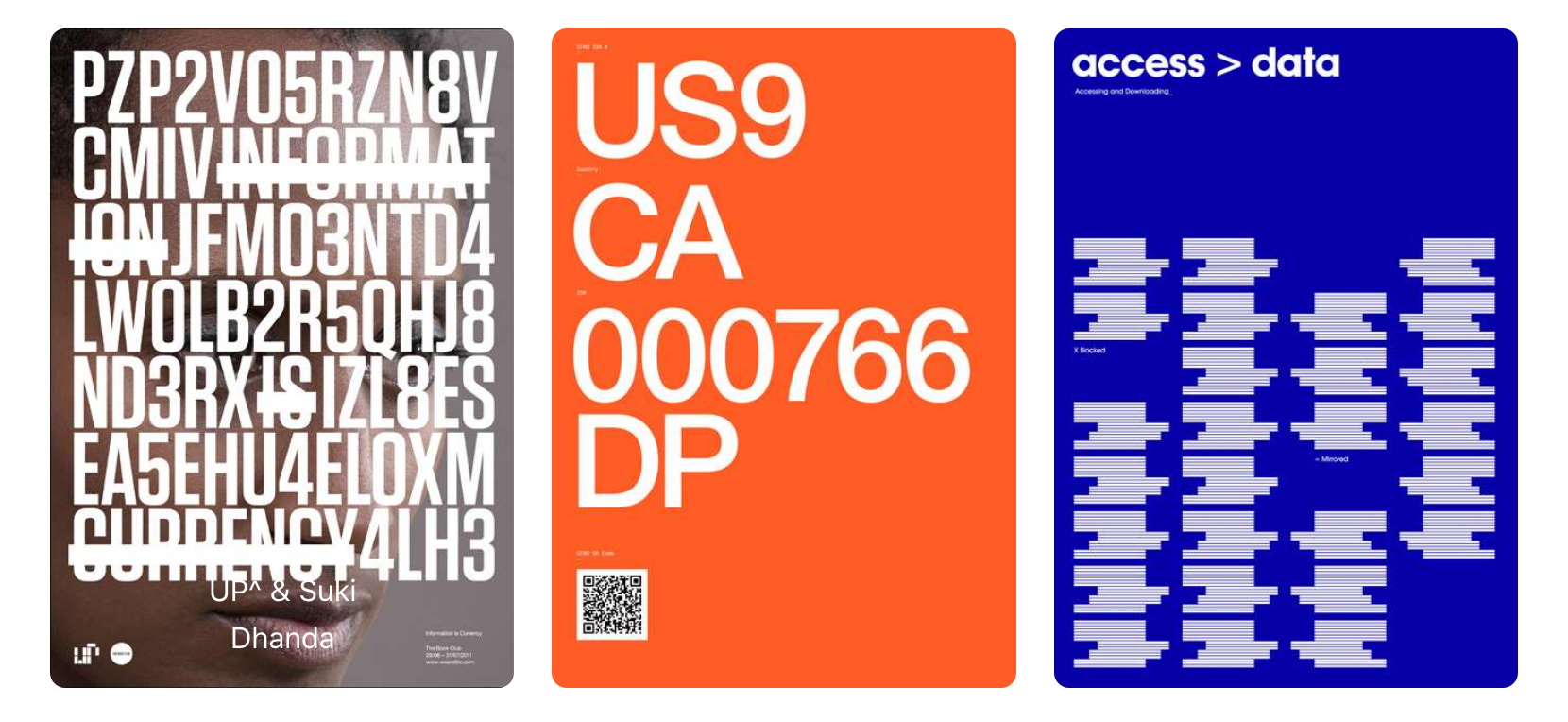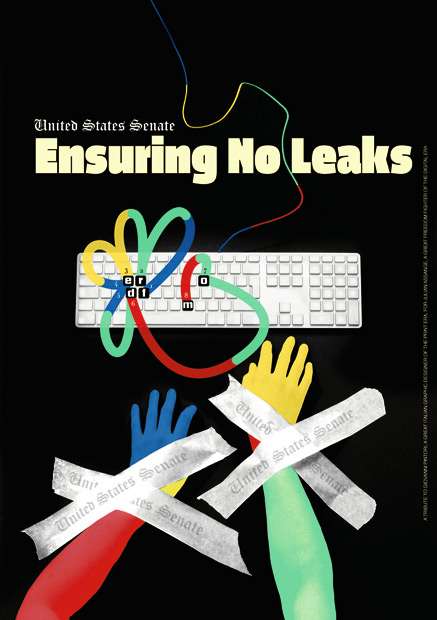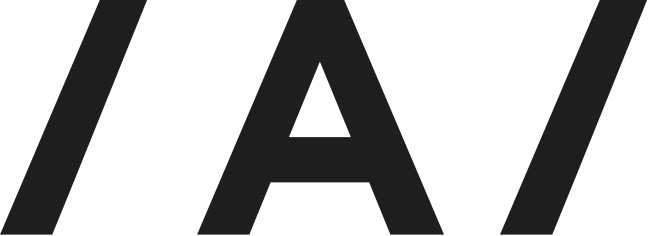Information is the currency of democracy

‘Information is the currency of democracy’. Thomas Jefferson, the third U.S President, is credited with these words, which take on ever-broader meaning in the age of the internet. This very same expression is now available to purchase online as a car bumper sticker. Perhaps even more relevant today is a further phrase that is derived from the original: ‘Information IS Currency.’ The WikiLeaks cable releases have highlighted both the potency and currency of such information together with it’s latent value to individuals.
This exhibition and these art works, from a variety of designers, illustrators, typographers and artists, are each a unique and personal perspective on these events, cables and themes. Wider issues are explored here such as those of; information, our freedoms to publish and access it, and how we might filter exponentially available amounts of such. Some works are direct visual responses to a particular cable release, where others explore the pandoras box that has now been opened. The responses are individual to the exhibitor and the open brief is non-partisan as it remains necessary to best represent the open and somewhat democratic platform that the internet was, and may still remain, in part at least, both today and in the future.
Whilst many of the exhibitors are active in the world of fine arts, all work within the commercial design and advertising worlds; producing artwork and branding for the likes of D&AD; to Rolling Stone, from the BBC to skate brands. The exhibition is sure to provide a fresh and provocative range of concepts, opinions and reactions. Further to the central themes of the exhibit, the show also acts as a catalyst for discussion and debate about the role of designers, artists and illustrators within social or political spheres.

















Information as currency has proven itself such in many forms, guises and outcomes. One example is in it’s bringing down of presidents past, the word ‘Watergate’ for example, still resonates today. Social networks have become tools for democratic revolution, but conversely a tool in the trade of users’ personal data between the network providers, agencies and investors. Confidential personal information is sought by media organisations, in some cases illegally garnered, for the spoils of high readership sales. Even latent information carries currency, one that politicians and affiliated corporations value enough to ensure it remains buried. The U.S. Government sees WikiLeaks, or rather; their releasing of further sensitive information as ‘a threat’. Who owns information? The information about our government’s actions? About you and your buying habits online? And how do we define illegal versus legal information and the rightful sharing of?
Recent events have revealed that corporations and state are closely linked as seen by the recent actions of the likes of mastercard and amazon with their retractions of trading with Wikileaks under a climate of state pressure. The Cables likewise have pointed to Shell’s imbedding employees within government offices and as seen in more recent days; the many links between politicians and large media brands such as the likes of NoW. As the world of brands are drawn into politics… perhaps it too draws the creative fields, including design, along with it?
In the last months we have witnessed the expansion of the political fallout into the online world with several major online brands and credit companies cutting off their relationship to WikiLeaks and subsequently these direct portals of financial supply to them. WikiLeaks in turn uses their latent information as ‘insurance files’ to be released ‘should something happen to me or WikiLeaks’. (Assange). Anonymous hackers in support of the organisation have called for ‘…a war of data’. Wherever information lives online; in transit, user profiles, buying behavior, underground bunkers, encrypted or decrypted; it is now beyond being measured in currency, it has become today’s currency.
More on the Creative's / the Designer's Role:
Ever since Edward Bernays strategically morphed techniques of propaganda and the ideas of his uncle Freud into PR, designers have predominantly been drawn to the commercial sector as an outlet for creativity. Like artists in Venice and Rome back in the ‘Renaissance’ day, designers are drawn to the financial centers, powers and platforms that will best reward them economically and with visibility. Today, instead of the church, merchant families or state, we have the brands, the corporations to fund our work and decorate our awards ceremonies. But should designers and advertising creatives be engaged directly in politics and social issues? If so, how?
Recent events have revealed that corporations and state are closely linked as seen by the recent actions of the likes of mastercard and amazon with their retractions of trading with Wikileaks under a climate of state pressure. Cables likewise have pointed to Shell’s imbedding employees within government offices. As the world of brands are drawn into politics… perhaps it too draws the creative fields, including design, along with it?
Whatever ones’ personal opinion of WikiLeaks, it has brought to the surface issues of freedom of speech, privacy, transparency and power. The show here opens up a dialogue with each other within the creative industry and furthers the debate of the creative’s role to play both now and in the future. Often, or everyday we are handed briefs requesting us to reach a particular market and tap into their desires using our creative noses and skills. This here represents a challenge to a much more difficult terrain, one that investigates our relationship to society and requires us to look within to find our own opinions and positions.
